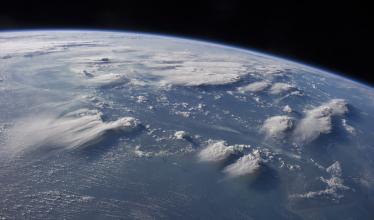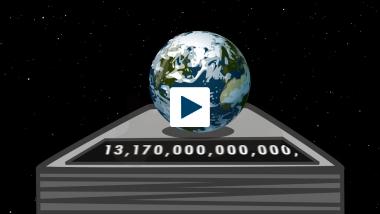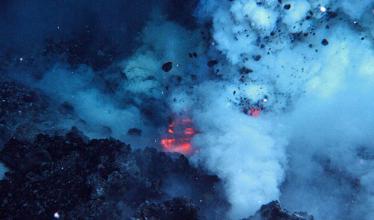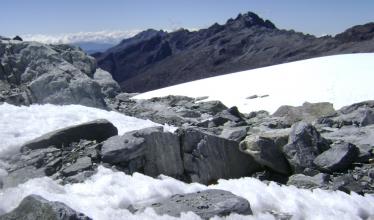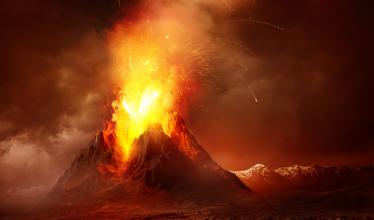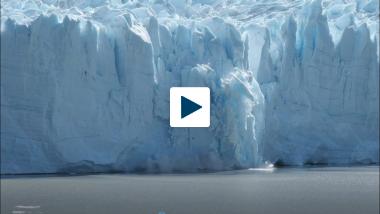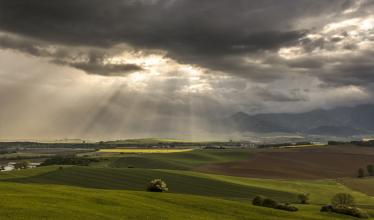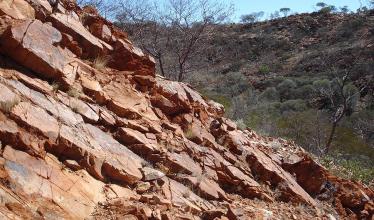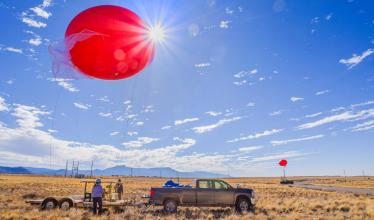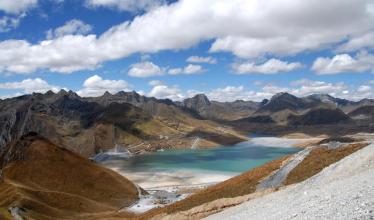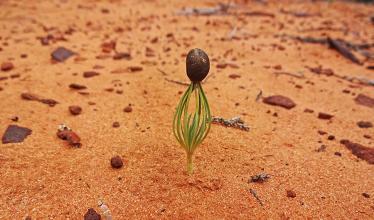Earth
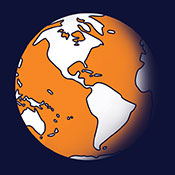 Moving and shaking for 4.5 billion years
Moving and shaking for 4.5 billion years
The physical processes that sculpt our Earth are dramatic — earthquakes, weather, volcanic eruptions, tectonic motions, climate change. Now, decades of research into the intricately intertwined system that links all oceans and freshwater, the atmosphere and our land is moving us forward toward a better understanding of our world. Here we watch it unfold.
A better understanding of the physics of storm formation may lead to more accurate forecasts.
A new study can help the city plant better trees.
We can't put Earth on a scale, but there are other ways to figure out the weight of our world.
A new model, based on "sea glass" from ocean ridges, may help scientists more easily answer a question they have long struggled with.
As climate change melts away frozen landscapes, scientists rush to discover all they can about the tiny organisms that thrive on ice.
New research shows the climate effects likely varied widely around the globe, with the Northern Hemisphere suffering the most.
Scientists study how some microorganisms deep on the ocean floor affect our climate.
The accuracy of the next season's weather forecast dives every spring, because of the volatility of Pacific Ocean conditions.
Scientists link the start of movements in the Earth's crust to increasing amounts of aluminum in crystals about 3.6 billion years ago.
Bacteria found around a Brazilian mine could improve copper harvesting.
Researchers found fewer tree seedlings on noisy plots in a pinyon-juniper woodland, likely because the sound drove away animals that disperse seeds.

